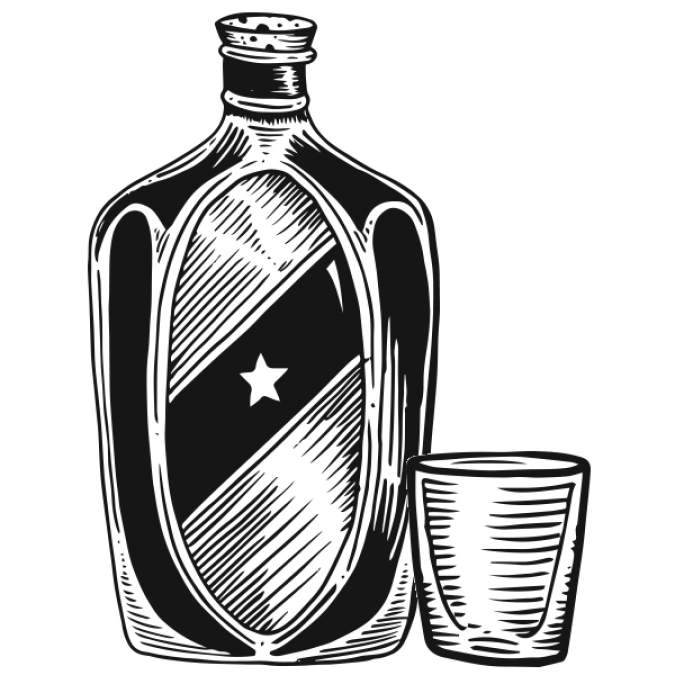“Ugh, anything but chardonnay.” That’s a sentence, or a sentiment, I hear nightly in my job, and almost as often when talking to my friends. No other white-wine grape inspires so much emotion: Those who love it seem unwilling to drink anything else, while those who hate it are equally strident. It’s the most widely planted white varietal in Washington, and the grape behind many of the world’s finest (or at least most expensive) whites, yet it’s become almost as trendy to hate on as merlot, and without Paul Giamatti to blame. My goal though is to convince those of you who recoil at the very mention of the name to reconsider, so try for at least a few minutes to keep an open mind.
Quite a few winemakers have realized they can successfully make chardonnay without all the oak.
Chardonnay, unlike most other well-known white-wine grapes, doesn’t have a whole lot of what we somms call “varietal character.” That is, unlike riesling or sauvignon blanc, the taste and aroma of a chardonnay-based wine is more about the specific place it was grown, the degree of ripeness it achieved, and how the winemaker treated it. If you compare a Chablis from the northern reaches of Burgundy to a classic Napa Valley chardonnay, it’s hard to imagine the same grape makes up 100 percent of both wines. The Chablis will likely be chalky and nearly devoid of fruitiness, with perhaps a slight lemon-pith quality, while the Napa will be bursting with tropical fruits like pineapple and will have a much richer texture. That’s due to a higher degree of ripeness and the use of a lot of new oak barrels.
Both styles have their merits, but most of the anti-chardonnay crowd comes from those who have been repulsed by big, oaky wines from California, Australia, and right here in Washington. Their toasty, buttery quality can be off-putting, and they’re rarely my preference either. A touch of new oak in a well-made chardonnay can add much-needed depth of flavor, but for decades many winemakers have seemed intent that the only two flavors you get in their wines are tropical fruit and oak, not an enticing combination to me.
So why drink chardonnay? Because a well-made one has few equals in complexity and nuance among whites. For centuries the only real place to turn for great chardonnay was Burgundy. While that’s still a source of spectacular wines, and a lot of relatively good, inexpensive chardonnay, the New World is catching up. Quite a few winemakers have realized they can successfully make chardonnay without all the oak, which has the added benefit of keeping the price down a bit (new French oak barrels are really expensive). Local producers to consider include Abeja, aMaurice, Buty, and Efeste. While it’s possible to find oak bombs from this state (and several of those wineries use at least some new oak), most winemakers here are finding more acclaim with balanced chardonnays that marry fruit, minerality, acidity, and a touch of oak. They’re fantastic, and reason to give this much-maligned grape another shot.
thebarcode@seattleweekly.com






